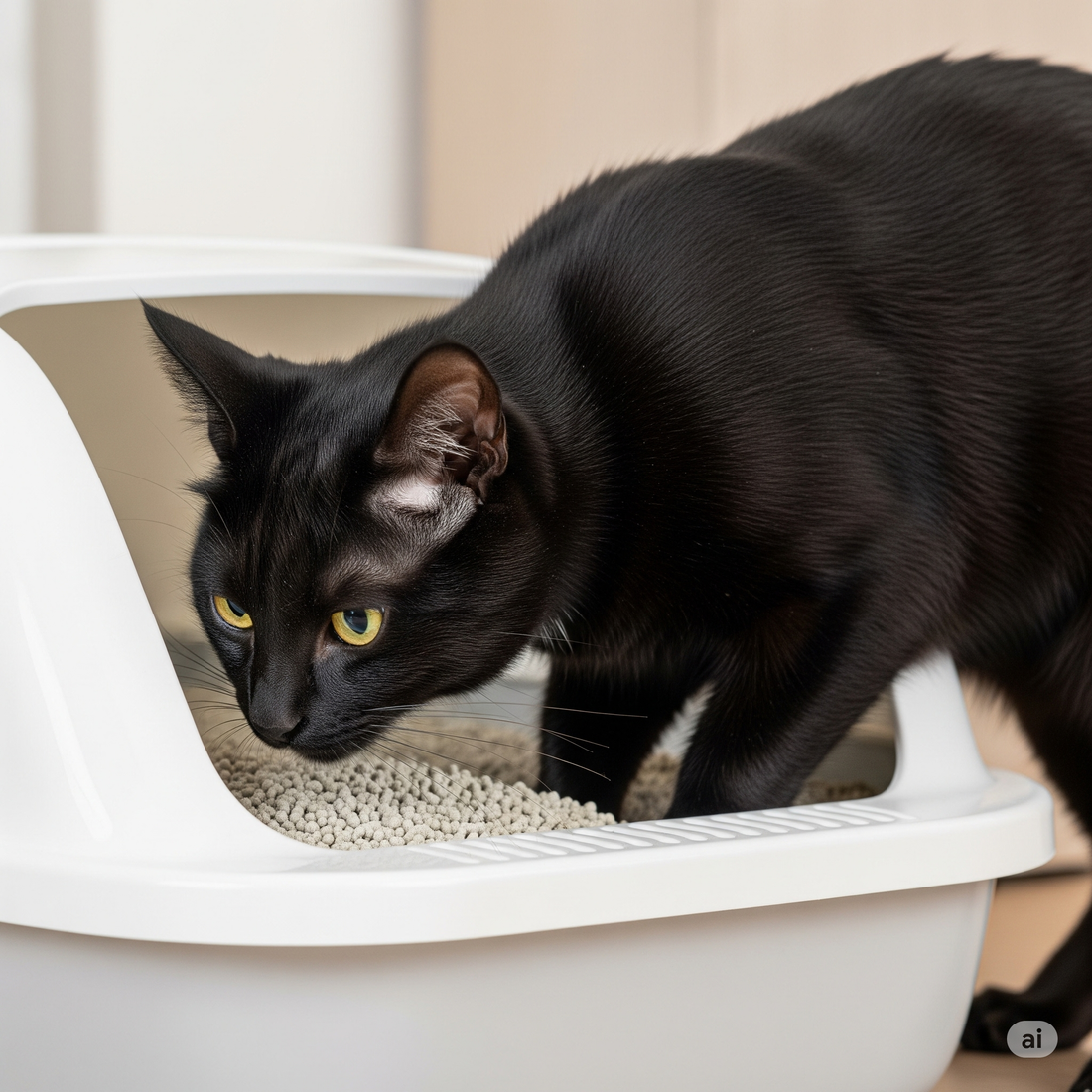
Understanding Cat Litter Ingredients: What You Need to Know
Share
When it comes to choosing the right cat litter, many pet owners focus on factors like odor control, clumping ability, or price. But have you ever stopped to think about what’s actually in that bag of litter you’re pouring into your cat’s box? The ingredients in cat litter can have a big impact not only on your cat’s health but also on your household’s environment and even the planet. Understanding what goes into these products is essential for making an informed choice that keeps both your feline friend and your family safe.

What’s Really in Your Cat’s Litter? A Deep Dive Into Ingredients and Safety
Cat litter has come a long way since its early days when sand, soil, or ashes were the only options. Today, the market is flooded with a variety of litters made from different materials, each with its own pros and cons. Some are natural and biodegradable, while others contain synthetic additives for better performance. Some litters are scented to mask odors, while others rely on natural odor-absorbing properties. With so many choices, it’s easy to feel overwhelmed. But by breaking down the common ingredients found in cat litter, we can make sense of what’s really inside and how it affects our pets and our homes.
One of the most traditional and widely used types of cat litter is clay-based. Clay litter is popular because it’s affordable, highly absorbent, and forms tight clumps for easy scooping. However, not all clay litters are the same. Some are made from sodium bentonite, a type of clay that swells when wet, creating those firm clumps. While this makes cleanup convenient, there are concerns about whether cats might ingest or inhale the dust from this clay, which could lead to respiratory or digestive issues over time. Another type of clay litter is non-clumping, often made from fuller’s earth or kaolin clay. These are less dusty but may not control odor as effectively.

Beyond clay, another common ingredient in cat litter is silica gel, often found in crystal litters. These tiny, porous beads are made from sodium silicate and are extremely effective at absorbing moisture and trapping odors. Many cat owners appreciate silica litter because it lasts longer than traditional clay and requires less frequent changing. However, the same absorbent properties that make it great for odor control also mean it can be very drying to a cat’s paws, potentially causing discomfort. Additionally, if a cat licks its paws after using the litter, there’s a small risk of ingesting silica dust, though most veterinary experts agree it’s generally safe in small amounts.
For those looking for a more natural option, plant-based litters have gained popularity in recent years. These are typically made from materials like pine, wheat, corn, or recycled paper. Pine litter, for example, is often praised for its natural odor-fighting properties and biodegradability. It breaks down into sawdust when wet, making it easy to manage. Wheat and corn litters, on the other hand, often clump similarly to clay but are compostable and less dusty. These options are great for eco-conscious pet owners, but they do come with some drawbacks. Some cats may be picky about the texture, and plant-based litters can sometimes be more expensive than traditional clay.
Then there are the added ingredients that many cat litters include for extra functionality. Fragrances are a big one—whether it’s floral, citrus, or “unscented” (which often still contains masking scents). While these can make the litter box smell better to humans, strong perfumes can be overwhelming for cats, whose sense of smell is far more sensitive than ours. Some cats may even avoid using a heavily scented litter box altogether, leading to unwanted accidents around the house. Another common additive is baking soda, which is used to neutralize odors naturally. This is generally considered safe, but some litters may include chemical odor neutralizers or antimicrobial agents, which could be irritating to sensitive cats.

The dust produced by certain litters is another factor worth considering. Dust may seem like a minor inconvenience, but it can have real health implications for both cats and their owners. Cats dig and cover their waste, which kicks up litter particles into the air. If the litter is dusty, those particles can be inhaled, potentially causing respiratory irritation over time. This is especially concerning for cats with asthma or other breathing issues. For humans, dusty litter can also be a nuisance, particularly for those with allergies or asthma. Low-dust or dust-free litters, often made from larger granules or plant fibers, can be a better choice for households where air quality is a concern.
Environmental impact is another key consideration when evaluating cat litter ingredients. Clay litter, for instance, is mined from the earth, a process that can be environmentally destructive. Additionally, used clay litter doesn’t break down in landfills, contributing to long-term waste. On the other hand, biodegradable litters made from pine, corn, or recycled paper offer a more sustainable option, as they can be composted (in some cases) or will decompose naturally over time. However, it’s important to note that not all biodegradable litters are created equal—some may break down faster than others, and not all are suitable for composting due to potential pathogens in cat waste.
Health risks, both for cats and humans, should also play a role in your decision. Some litters contain silica dust, artificial fragrances, or chemical additives that could pose risks with long-term exposure. For example, certain clumping litters have been rumored to cause intestinal blockages if ingested, though scientific evidence on this is limited. Still, if you have a kitten or a cat that tends to lick unfamiliar substances, opting for a natural, non-toxic litter might be the safest route. Likewise, pregnant women or immunocompromised individuals may want to avoid litters that produce a lot of dust or contain strong chemicals to minimize any potential risks.

The texture of the litter is another often-overlooked factor that can greatly influence whether a cat will use it consistently. Cats are creatures of habit, and many are particular about the feel of their litter under their paws. Some prefer fine, sand-like textures (like traditional clay), while others might like the softer feel of paper or the granular consistency of silica crystals. If you’re switching litters, it’s a good idea to transition slowly, mixing the new litter with the old to help your cat adjust. A sudden change in texture could lead to litter box avoidance, which is the last thing any pet owner wants.
Cost is, of course, a practical consideration. While natural and specialty litters often come with a higher price tag, they may last longer or require fewer changes, potentially balancing out the expense over time. Conversely, cheaper clay litters might seem economical upfront but could end up costing more if you need to replace them frequently. It’s worth calculating the long-term cost per use rather than just the initial price when deciding which litter is the best fit for your budget.
Ultimately, the best cat litter is one that works for both you and your cat. It should be something your feline is comfortable using, effective at controlling odors, easy to maintain, and safe for everyone in the household. There’s no one-size-fits-all answer, as every cat has different preferences and every home has different needs. The key is to pay attention to the ingredients, observe how your cat reacts, and be willing to adjust if something isn’t working.
By taking the time to understand what goes into cat litter, you’re not just making a better choice for your pet—you’re also creating a healthier, happier environment for your entire home. Whether you opt for clay, silica, pine, or something else entirely, being informed means you can confidently choose a litter that aligns with your values and your cat’s well-being. After all, a little knowledge goes a long way in ensuring those precious purrs and headbutts keep coming for years to come.
